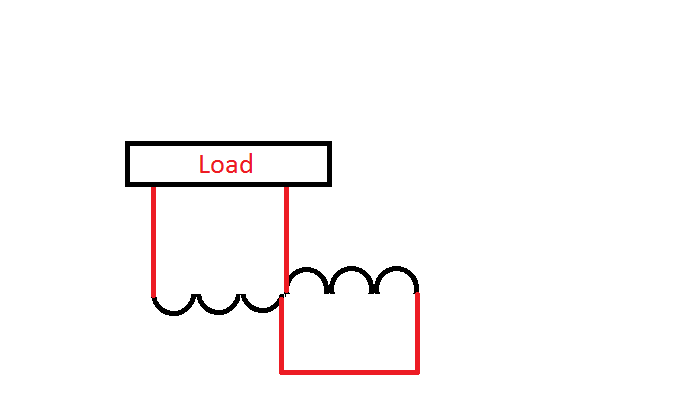Let's imagine a plate standing steady in a fluid when there is a balance of two kinds of particles moving in opposite direction.Because they push plate from both sides plate is in steady-state condition.Now , external force is moving plate in direction of one particles kind movement direction opposing the flow of others.Balance is still maintained but nowafter the plate there is small empty place where particles moving in the same direction as plate cannot 'catch up' . There is also concentration of particles plate is moving against which is dissipated at 90 degrees by spreading those particles on the edges of the plate .
Looks familiar ? Throw away particles, replace fluid with ether and particles with waves inside ether, plate with copper wire,particles leaking on edges by electric current, steady-state condition by magnetic field. Could you help evolve that ?
Also similiar to Casimir effect ???
Looks familiar ? Throw away particles, replace fluid with ether and particles with waves inside ether, plate with copper wire,particles leaking on edges by electric current, steady-state condition by magnetic field. Could you help evolve that ?

Also similiar to Casimir effect ???




Comment